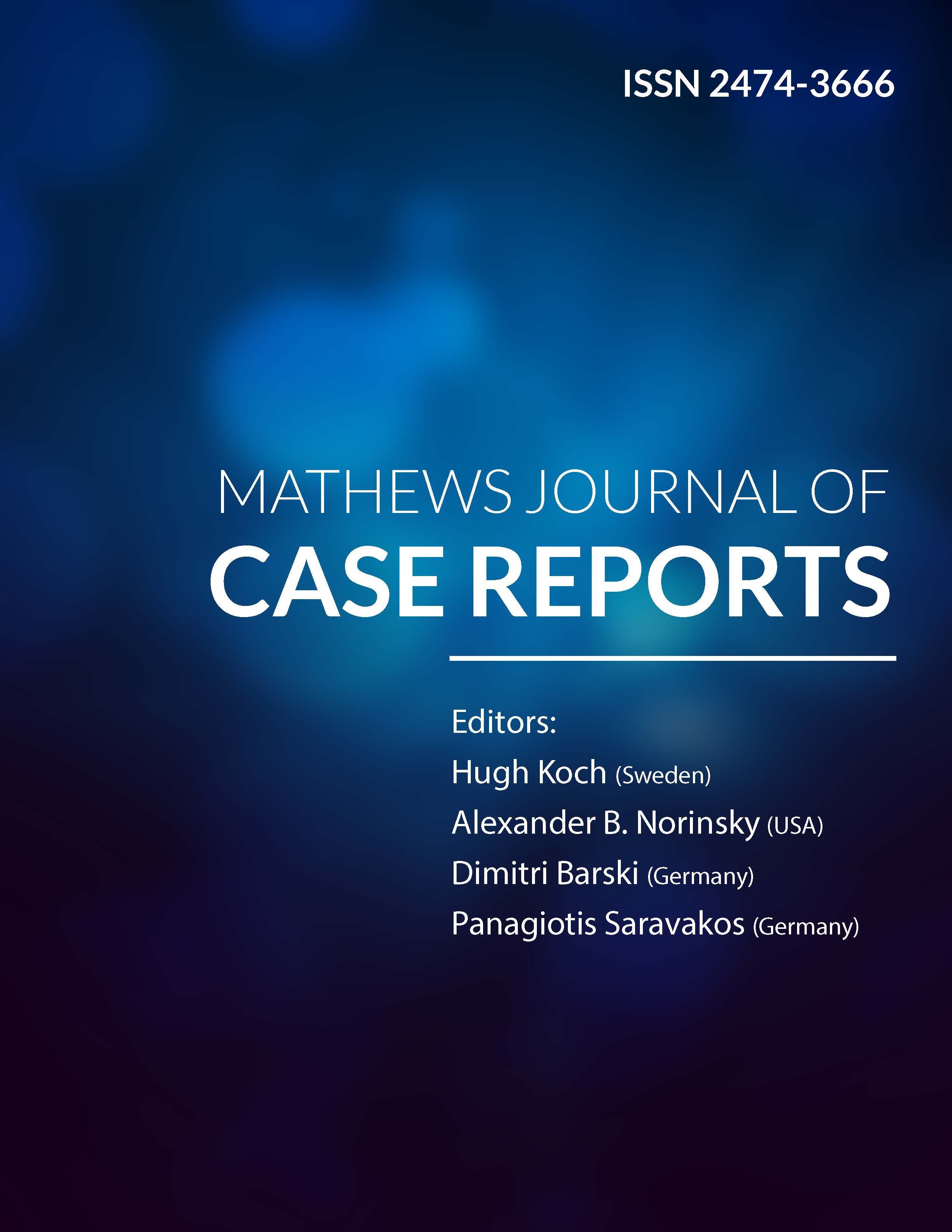
Information Links
Previous Issues Volume 1, Issue 1 - 2016
Herpetic Encephalitis and Negative Falses: Usefulness of Nuclear Magnetic Resonance Spectroscopy
Esteban-Zubero Eduardo1,Alatorre-Jimenez MA2,De los Martires-Almingol Ireneo3
1Department of Pharmacology and Physiology, University of Zaragoza. Calle Domingo Miral. Zaragoza, Spain.
2Asociación Mexicana de Atrofia Muscular Espinal (AMAME), México
3Department of Medicine, Psychiatry and Dermatology, University of Zaragoza. Calle Domingo Miral. Zaragoza, Spain.
Corresponding Author: Esteban-Zubero Eduardo, Department of Pharmacology and Physiology, University of Zaragoza. Calle Domingo Miral. Zaragoza, Spain, Tel: +34654123994; E-Mail: [email protected]
Received Date: 29 Feb 2016
Accepted Date: 29 Mar 2016
Published Date: 02 Apr 2016
Copyright © 2016 Esteban-Zubero E
Citation: Esteban-Zubero E, Alatorre-Jiménez MA and De los Mártires-Almingol I. (2016). Herpetic Encephalitis and Negative Falses: Usefulness of Nuclear Magnetic Resonance Spectroscopy. Mathews J Case Rep 1(1): 002.
ABSTRACT
Herpetic encephalitis caused between 5% and 10% of total encephalitis. The clinic feature is fever, neck stiffness, and neurological symptoms. Serology and imaging tests are vital for diagnosis, but occasionally may be normal. Due to that, when the diagnosis is suspected, physicians need to initiate the treatment as soon as possible to avoid possible complications. A propos of a case report, we will do a review about the utility of various diagnostic tests and techniques, including the magnetic resonance spectroscopy, which may be useful for differential diagnosis with other processes.
KEYWORDS
Encephalitis; Virus Herpes Simple; False Negatives; MRI.